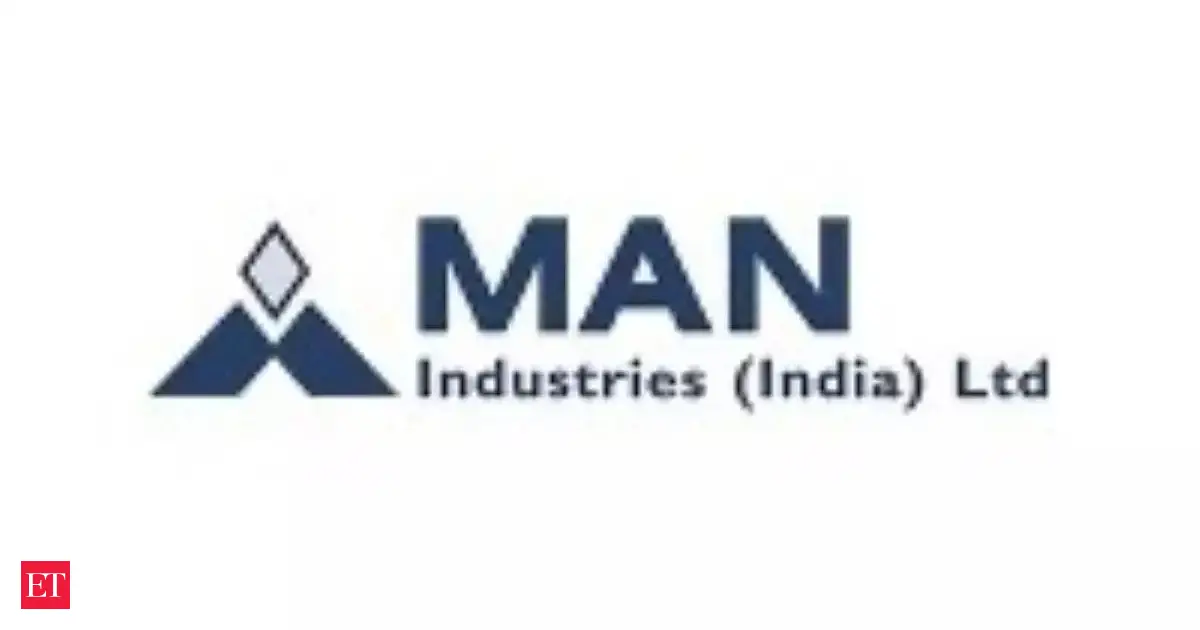By David Chaplin
Copyright investmentnews

Europe is set to follow North American and Indian markets into the faster settlement cycle of T+1. Mark Wootton and Alan Cameron of Securities Services, BNP Paribas explain how the quick-change will affect Asia-Pacific investors…
Europe’s move from T+2 to T+1 settlement is a significant change that will impact global investors, notably those in the Asia-Pacific (APAC) region. Europe’s transition is part of a global momentum towards faster settlement cycles, following similar moves by the US, Canada and India.
The proposed timeline and rationale for Europe’s transition which is by end of 2027 aim to reduce counterparty and systemic risk, increase settlement efficiency and enhance market competitiveness.
“While the transition may seem distant right now, the scale of the change requires investors to start preparing today,” says Mark Wootton, Co-Head of the Financial Intermediaries and Corporates Client Line in Asia Pacific.
Why now – key drivers of the Europe transition
Unlike other regions, the shift to T+1 in Europe involves a large number of regulators, legal jurisdictions, central securities depositories (CSDs), multiple currencies and central clearing counterparties (CCPs) – making it more complex than previous transitions.
The proposed transition is primarily driven by the need to reduce counterparty and systemic risk, increase settlement efficiency, and importantly, align with global peers, especially following the adoption of T+1 by countries such as of Canada, India and the US. In fact, the US transition to T+1 last year provided valuable lessons, emphasising the importance of automation and communication.
The Accelerated Settlement Taskforce (AST)[1], established in December 2022 to explore the feasibility of faster securities trade settlements in the UK, recommended that the UK should transition to T+1 by the end of 2027.
“The close connection between UK and European markets means that avoiding fragmentation and minimising operational and funding costs for investors trading across these markets is crucial,” says Alan Cameron, Head of Advisory, Financial Intermediaries and Corporates Client Line.
Last year the European Securities and Markets Authority (ESMA)[2] proposed that the European Union (EU) also moves to T+1 by October 2027. The ESMA report on shortening of the settlement cycle was commissioned by the EU co-legislators through the CSDR Refit. ESMA was given a mandate to assess the appropriateness of shortening the settlement cycle in the EU and to evaluate the potential impacts on market infrastructures and market participants. The report also outlines the costs and benefits of shortening the settlement cycle in the EU, how to move to T+1, and an overview of international developments on settlement cycles and their impact on the Union’s capital markets. In addition, the European Central Bank (ECB)[3] highlighted the importance of settlement mechanisms to ensure the efficiency and safety of financial markets.
Benefits of the move
The transition to T+1 settlement in Europe offers several benefits. For example, shortening the settlement cycle from T+2 to T+1 will streamline the trade settlement process, reducing the time between trade execution and settlement. This will enhance the overall efficiency of the financial markets. By reducing the number of days between trade execution and settlement, the risk of counterparty default and systemic risk is significantly lowered. This is particularly important during periods of high market volatility.
The transition to T+1 will make markets more efficient by reducing the time required for settlement – speeding up the entire trading process. Faster settlement cycles will improve liquidity in the markets, as funds and securities will be available more quickly for subsequent trades.
Synchronising with other regions of the world which have already adopted T+1 settlement timelines, will ensure that European markets remain competitive on a global scale. This alignment is set to attract more global investors and enhance the liquidity of European markets.
The challenges for APAC investors
The proposed move does have its challenges, particularly for APAC.
Funding and operational issues: The time-zone differences between APAC and Europe will create funding gaps and end-of-day challenges for broker/dealers managing their net funding positions. Geographic and time differences also significantly shorten the window for trade allocation and confirmation.
Fragmented markets: European trading infrastructures and markets are heterogenous. This means the lack of consistency on market rules and guidelines in Europe can potentially hinder Asia-based firms’ ability to make meaningful preparations for the T+1 transition.
Competition for resources: Firms in APAC will need to balance their preparations for the European T+1 transition with other ongoing projects and priorities in their local markets.
Technological and operational adjustments: The importance of automation in the trade lifecycle, greater dependency on real-time systems and straight-through processing will increase.
“APAC investors will need to adapt their systems and processes to accommodate the accelerated settlement cycle and ensure compliance with new European guidelines,” says Mr Cameron.
Potential delays: The complexity surrounding the European T+1 transition poses a risk of delayed planning and execution, which could impact the readiness of APAC firms.
Managing FX exposures: There is a potential for increased fails if cash and securities are not pre-positioned. The FX market is still T+2, which means it will have a different settlement time to the listed securities market.
Strategic considerations
“APAC investors need to act now to adapt to the transition and understand that strategic, operational, and technological readiness is key and enhanced collaboration between front, middle, and back offices is necessary,” says Mr Wootton.
“The challenge will be to balance their preparations for the European T+1 transition with other ongoing projects and priorities in their local markets,” he said.
Strategic planning is essential – creating an action plan, identifying weaknesses, resolving issues, assessing technology needs, and ensuring future-proof operations. Operational adjustments are likely to be needed, such as updating systems and processes for the accelerated settlement cycle, reviewing global tech stacks, evaluating vendors and custodians, and ensuring compliance with European guidelines.
Technology updates and investments are also crucial, including investing in real-time reconciliation tools, AI, and machine learning to manage infrastructure pressure and ensure smooth operations.
By taking these steps, APAC investors can ensure they are well-prepared for the transition to T+1 in Europe and can manage the associated risks and challenges effectively.
Guidance through the transition
Maintaining robust relationships with vendors and custodians is crucial to ensure that service providers can accommodate accelerated cycles. Utilising custodians effectively can bridge time zone discrepancies and manage transition complexities.
BNP Paribas’ Securities Services business offers expertise to guide clients through the transition with our extensive experience, global presence, and in-depth understanding of the European market. Services include fails coverage, automated fails coverage programs, and competitive foreign exchange rates. We can ensure clients remain informed throughout the transition and provide necessary educational support.
Europe’s shift to T+1 represents both a challenge and an opportunity for global trading transformation. Offshore investors, particularly those in the Asia-Pacific region, need to consider what steps to take to adapt – strategic, operational, and technological preparedness are essential. BNP Paribas’ Securities Services business is well-equipped to assist clients in navigating this transition and managing risks.
Published first on https://www.assetservicingtimes.com/
Mark Wootton is Securities Services, BNP Paribas Co-Head of the Financial Intermediaries and Corporates Client Line in Asia Pacific.
Alan Cameron is Securities Services, BNP Paribas Head of Advisory, Financial Intermediaries and Corporates Client Line
[1] Accelerated Settlement Taskforce – Terms of Reference from February 2025 – GOV.UK
[2] EU_ T+1_transition_ESMA’s_report_and_governance
[3] ECB T2S T+1 initiative
The information contained within this document (‘information’) is believed to be reliable but neither BNP Paribas nor any of its branches or affiliates (hereinafter collectively, “BNP Paribas”) warrants its completeness or accuracy. Opinions and estimates contained herein constitute BNP Paribas’ judgment and are subject to change without notice. BNP Paribas and its directors, officers and/or employees shall not be liable for any errors, omissions or opinions contained within this document, nor for any direct or consequential losses arising from any action taken in connection with or reliance on the information. This material is not intended as an offer or solicitation for the purchase or sale of any financial instrument or service, and is not intended for retail investors. The information does not constitute legal, financial, tax or professional advice, is general in nature and does not take into account your individual objectives, financial situation or needs. You should obtain your own independent professional advice before making any decision in relation to this information. For the avoidance of doubt, any information contained within this document will not form an agreement between parties. Additional information is available on request.
The contents hereof are confidential and are for the use of the intended recipients only, and may not be reproduced (in whole or in part) without the prior written consent of BNP Paribas. The use of any trademarks and logos displayed herein is strictly prohibited unless written permission for such use is obtained from BNP Paribas and/or, where relevant, such third party, which may own the trademarks and logos.
BNP Paribas is a credit institution that is authorised to perform banking activities and investment services under the law applicable in France and is subject to prudential supervision on a consolidated basis by the European Central Bank, in cooperation with the Autorité de contrôle prudentiel et de résolution. As a public listed company and as an investment service provider, BNP Paribas is also in France under the supervision of the Autorité des marchés financiers. Its registered office address is 16 boulevard des Italiens, 75009 Paris, France, and its website is www.bnpparibas.com.
Services described in this document, if offered in New Zealand, are offered through BNP Paribas Fund Services Australasia Pty Ltd (“BPFSA”) acting through its New Zealand Branch, NZCO registration number 1010736. BPFSA is an Australian-incorporated company which is a wholly owned subsidiary of BNPP. BPFSA is registered under the Financial Service Providers (Registration and Dispute Resolution) Act 2008. BPFSA is not licensed by a New Zealand regulator to provide financial services and BPFSA’s registration on the New Zealand register of financial service providers does not mean that BPFSA is subject to active regulation or oversight by a New Zealand regulator. NO BNP PARIBAS ENTITY IS A REGISTERED BANK IN NEW ZEALAND. The Information is intended for wholesale clients only, as such term is defined in the Financial Markets Conduct Act 2013.



